Eurozone Sentix Investor Confidence dropped to -0.2 in February, down from 1.3, missed expectation of 4.1. Current situation index dropped slightly to -27.4, down from -26.5. Expectations index dropped to 31.5, down from 33.5.
- German Investor Confidence dropped from 9.2 to 8.6. Expectations rose from -15.8 to -15.5, highest since March 2020. Expectations dropped from 37.5 to 35.8.
- US Investor Confidence rose from 10.7 to 18.0, highest since February 2020. Current situation rose from -11.3 to -2.8, highest since March 2020. Expectations rose from 35.3 to 41.0, all-time high.
- Japan Investor confidence rose from 13.6 to 16.1, highest since October 2018. Current situation rose from -5.0 to -1.8, highest since February 2020. Expectations rose from 34.0 to 35.5, highest since April 2004.
Sentix said, “the EU order debacle and the resulting slower pace of vaccination are weighing on the mind and exposing the bureaucratic deficits in Euroland. As a result, the EU economy is losing touch with the other regions of the world, which are continuing their recovery course in the month of February.”
It also warned, “a permanent prolongation of the lockdown could become a problem because the difference between expectation and the current situation (the so-called expectation gap) is extremely high! There is a potential for a temporary disillusionment here. Fatal would be in any case a repeated demolition of the expectation component. The consequence would be a renewed recession.”




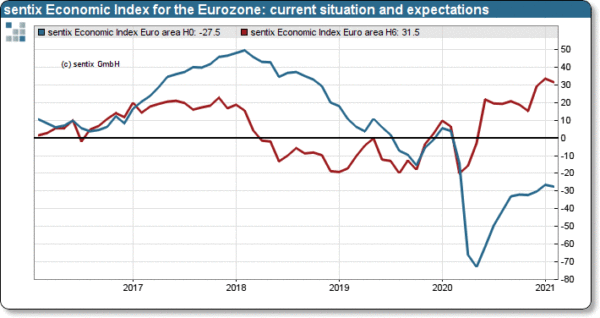
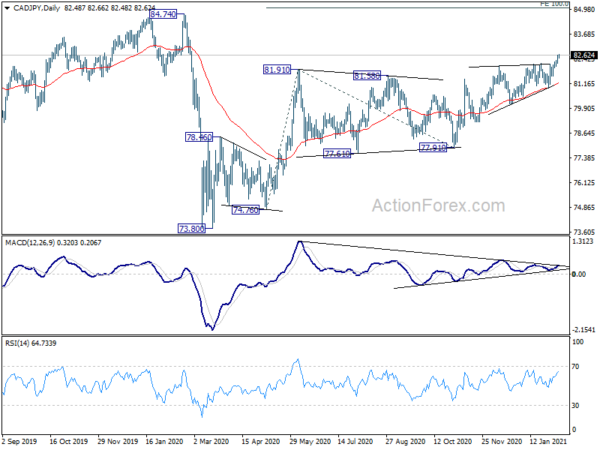
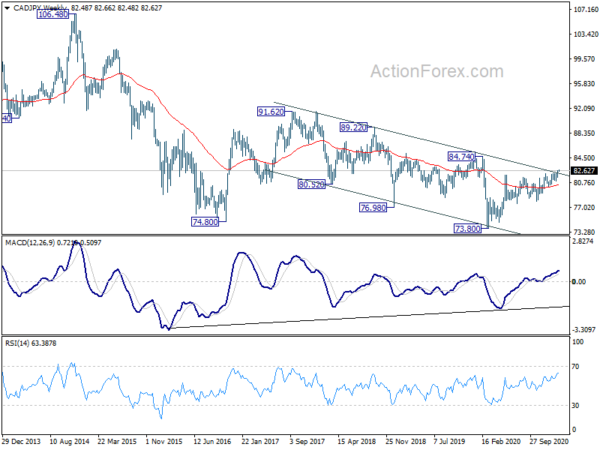
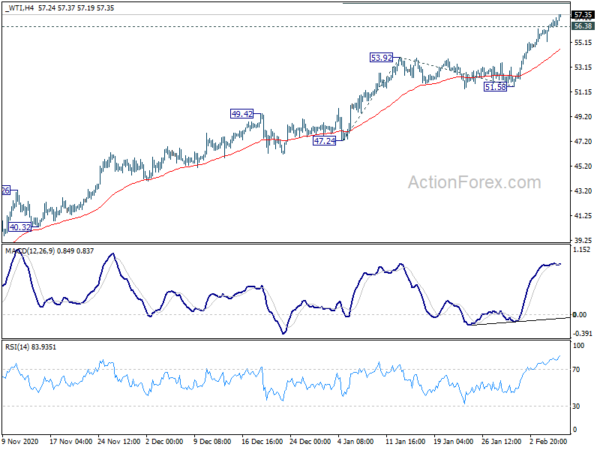
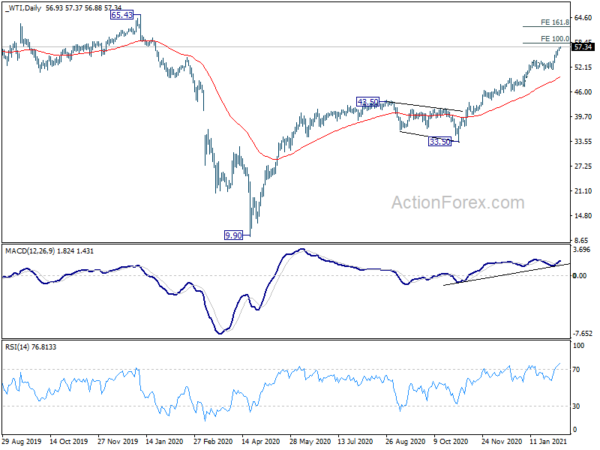
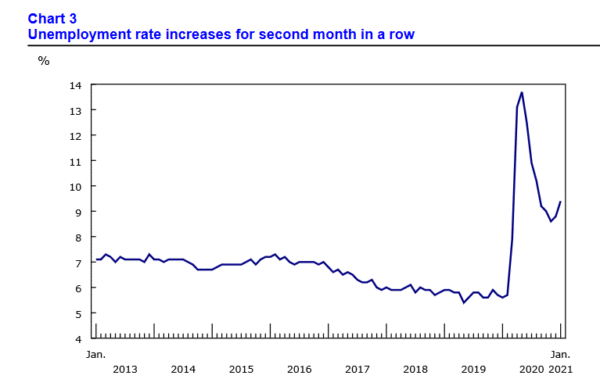
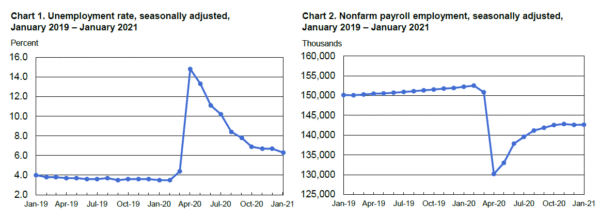
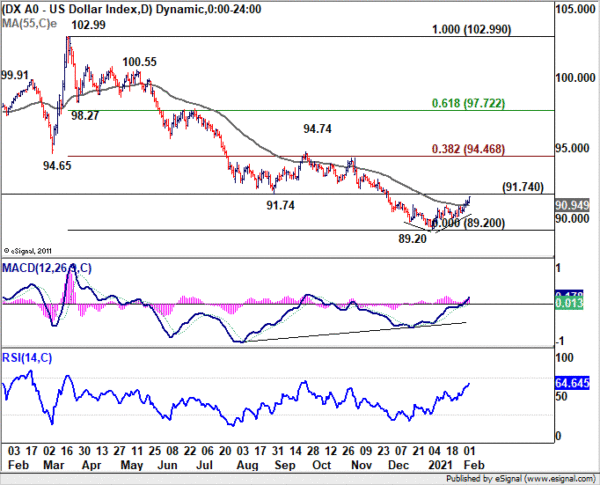
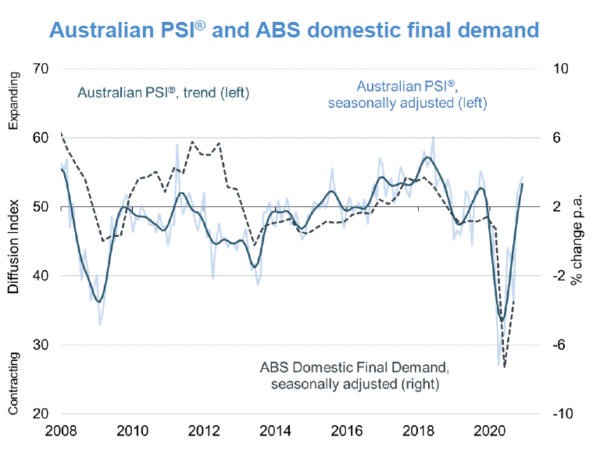
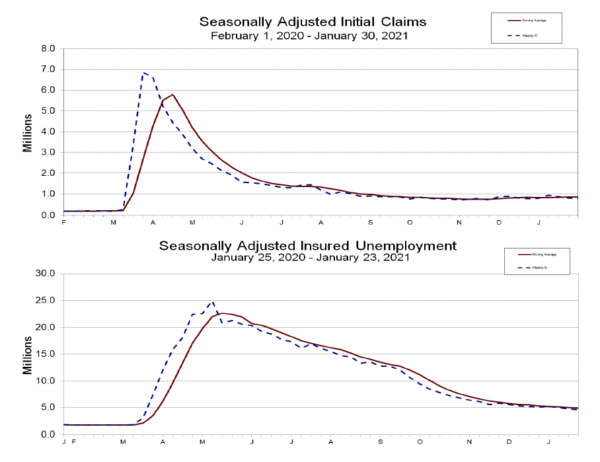
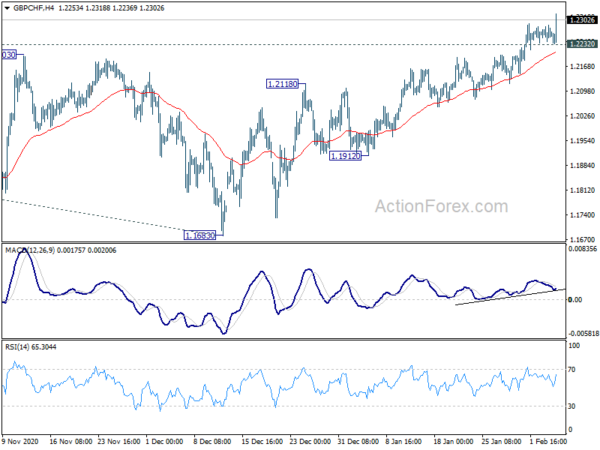
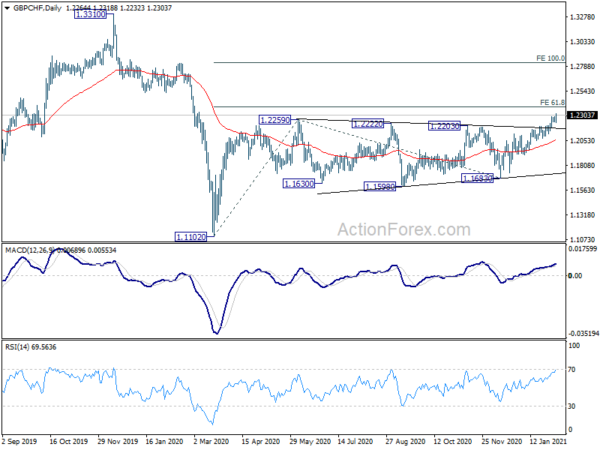
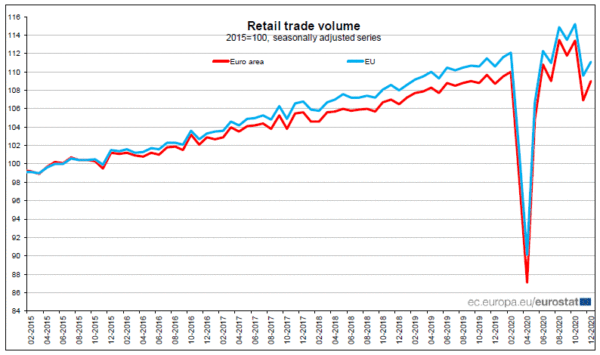
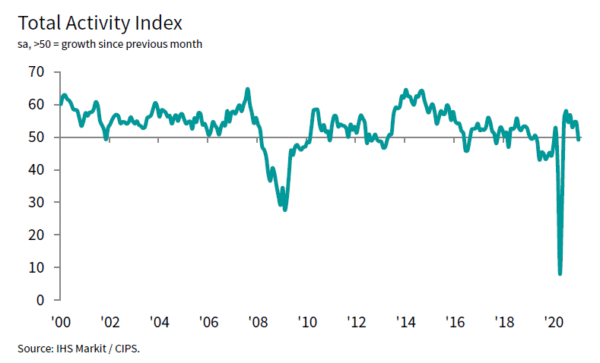



Nikkei resumes up trend to 30-yr high, 30k handle next
Nikkei rose 2.21%, or 609.31 pts, to close at 29388.50 today, highest level in 30 years. The up trend from 16358.19 has just resumed. The index was contained well above rising 55 day EMA in the prior pull back, suggesting that some upside acceleration could be seen. Focus will be on whether daily MACD could break through the trend line resistance in next move, as well as the reaction to medium term channel resistance.
But in any case, outlook will stay bullish for now as long as 27619.80 support holds. 30k psychological level is the next target. But real obstacle is 100% projection of 6994.89 to 24129.34 from 16358.19.